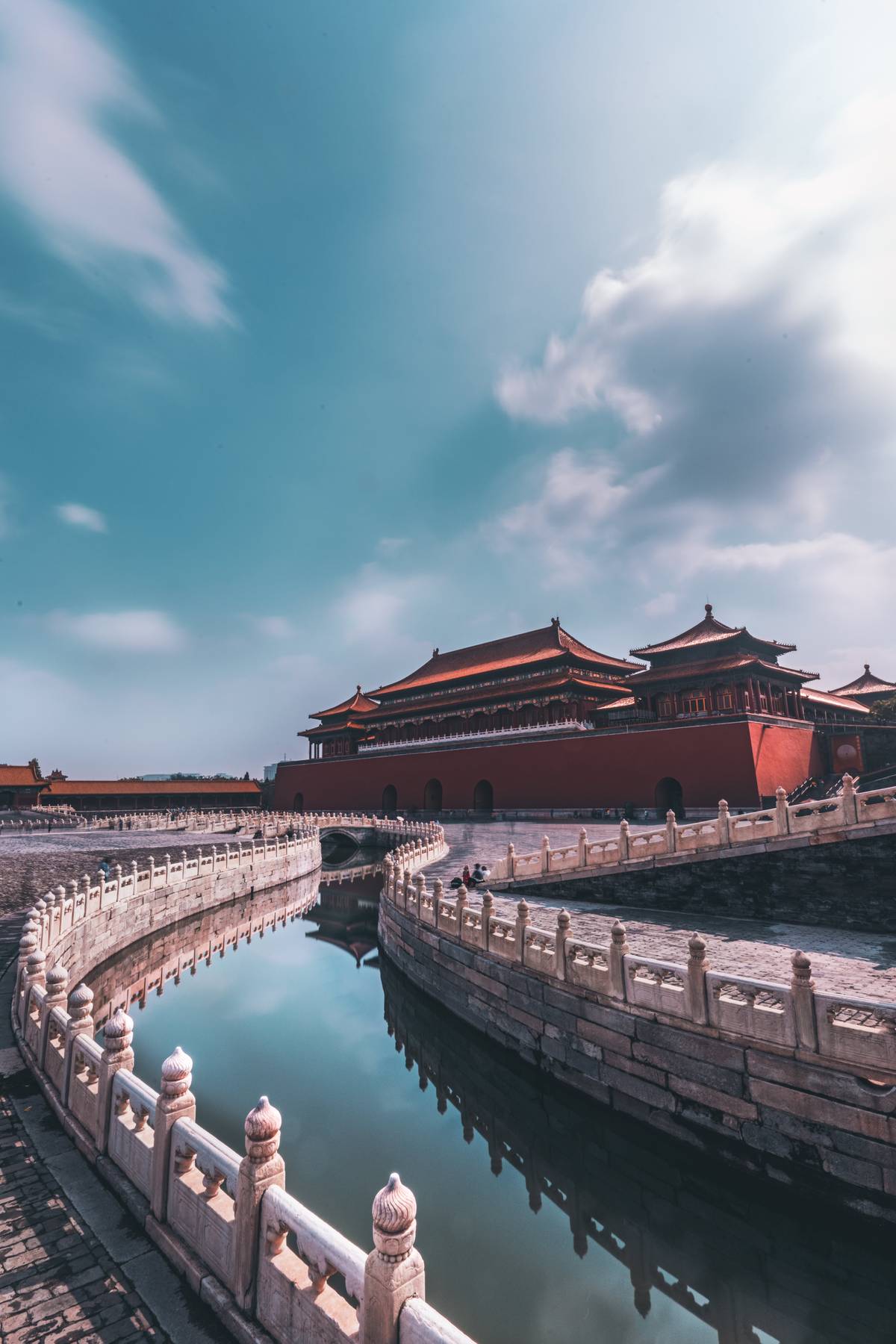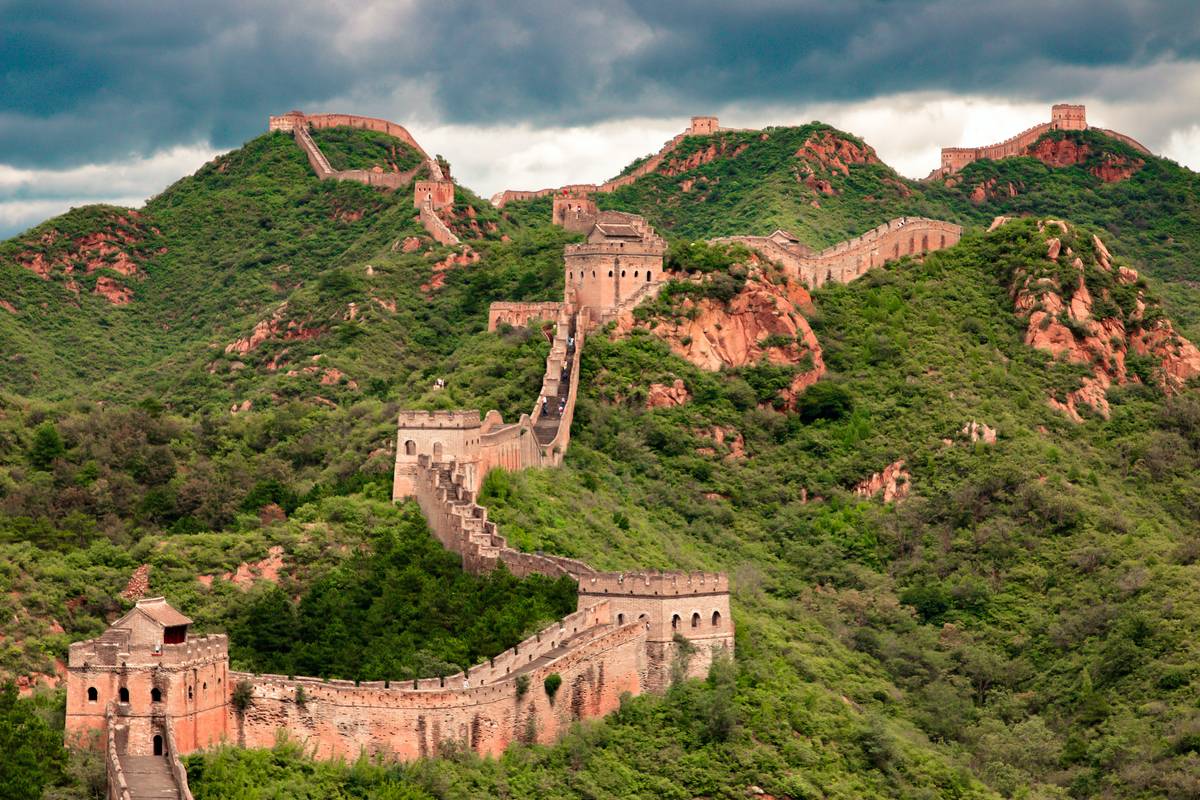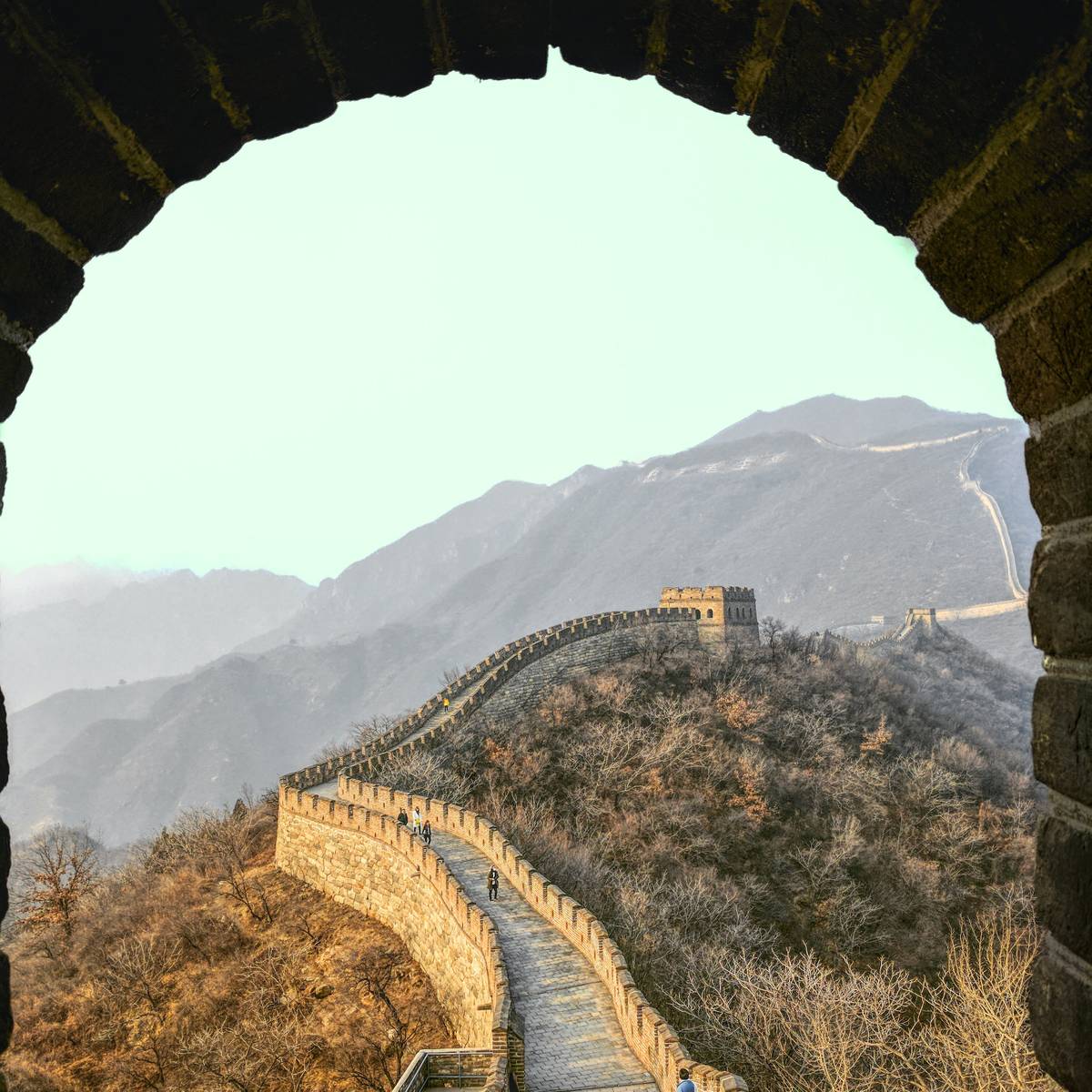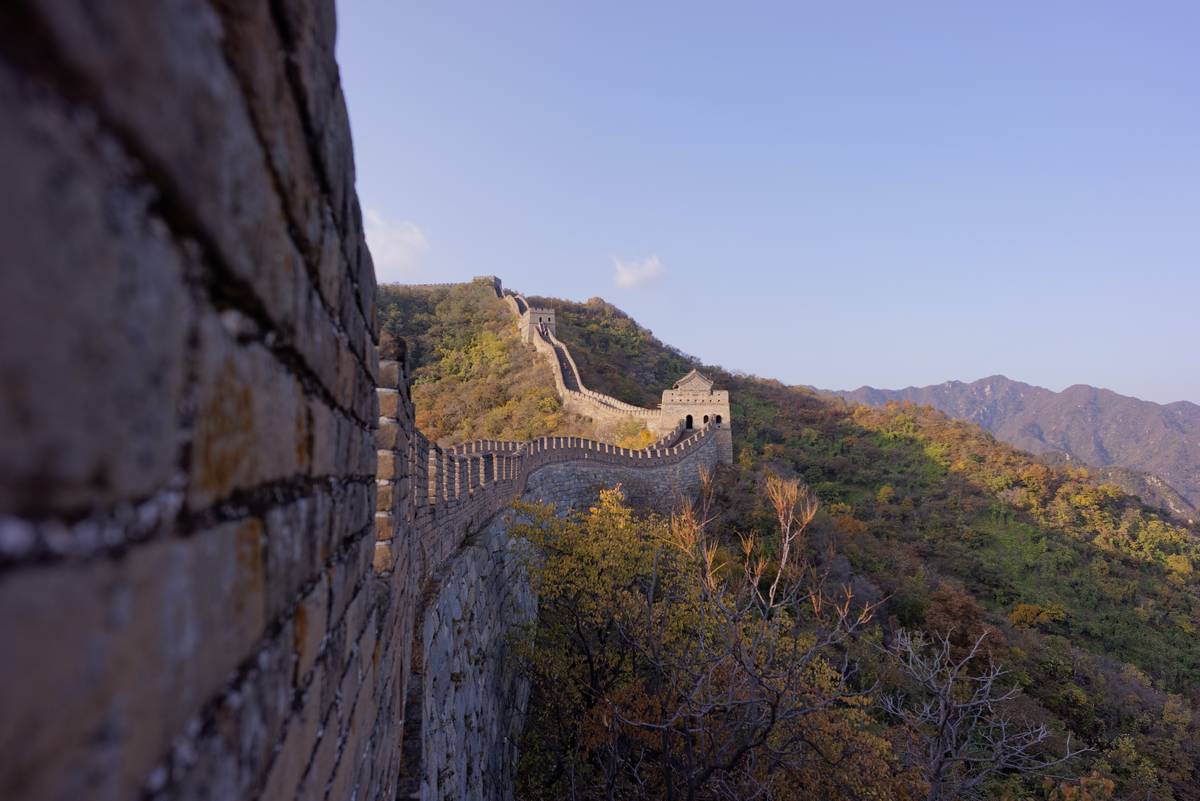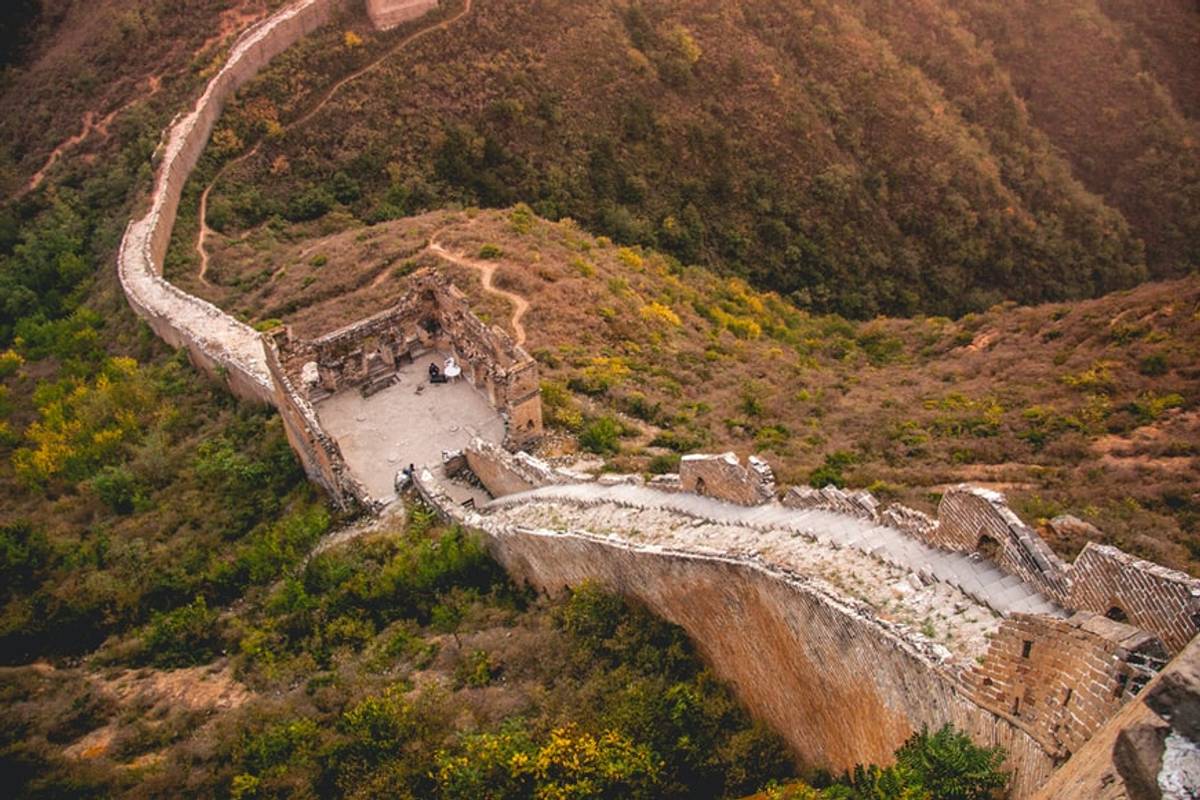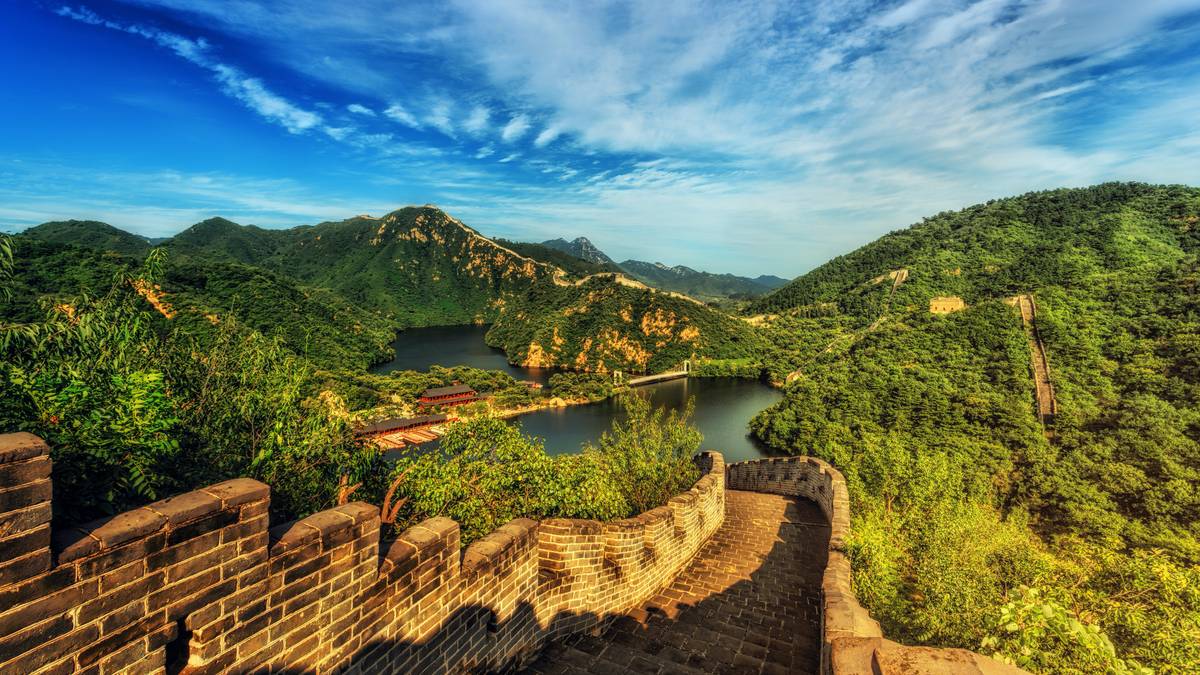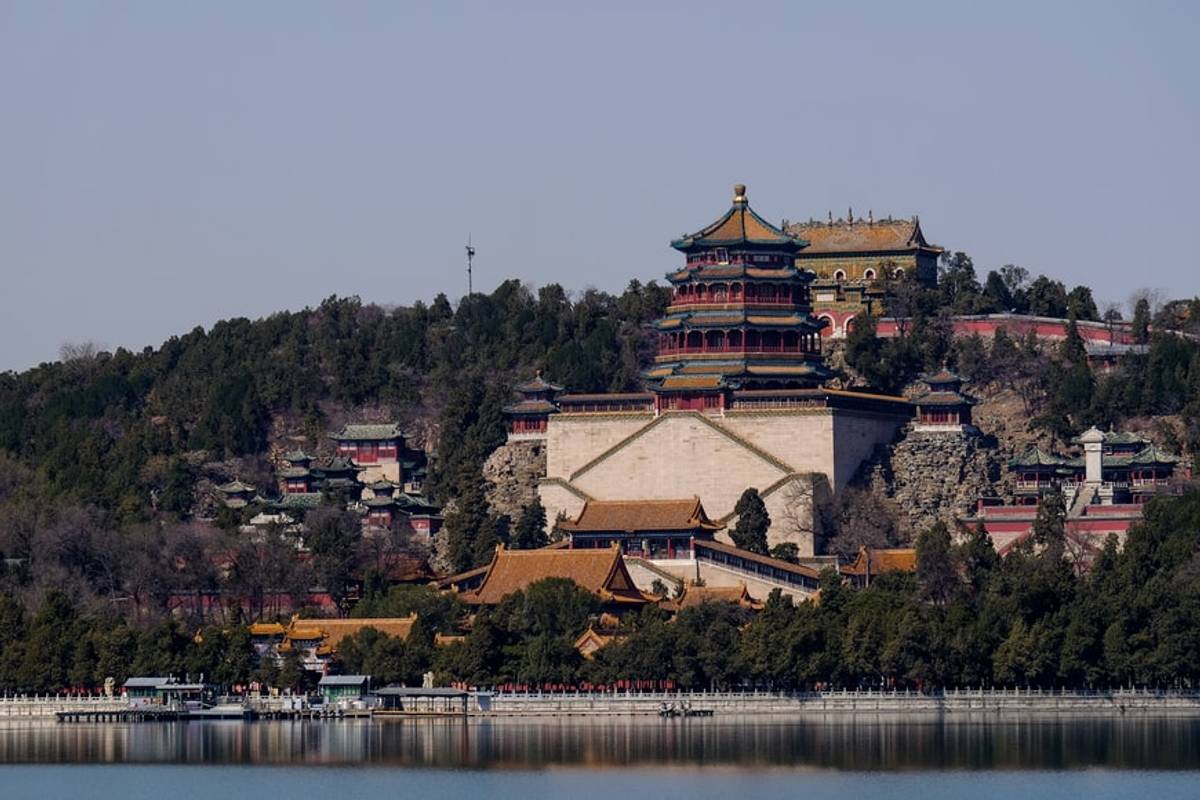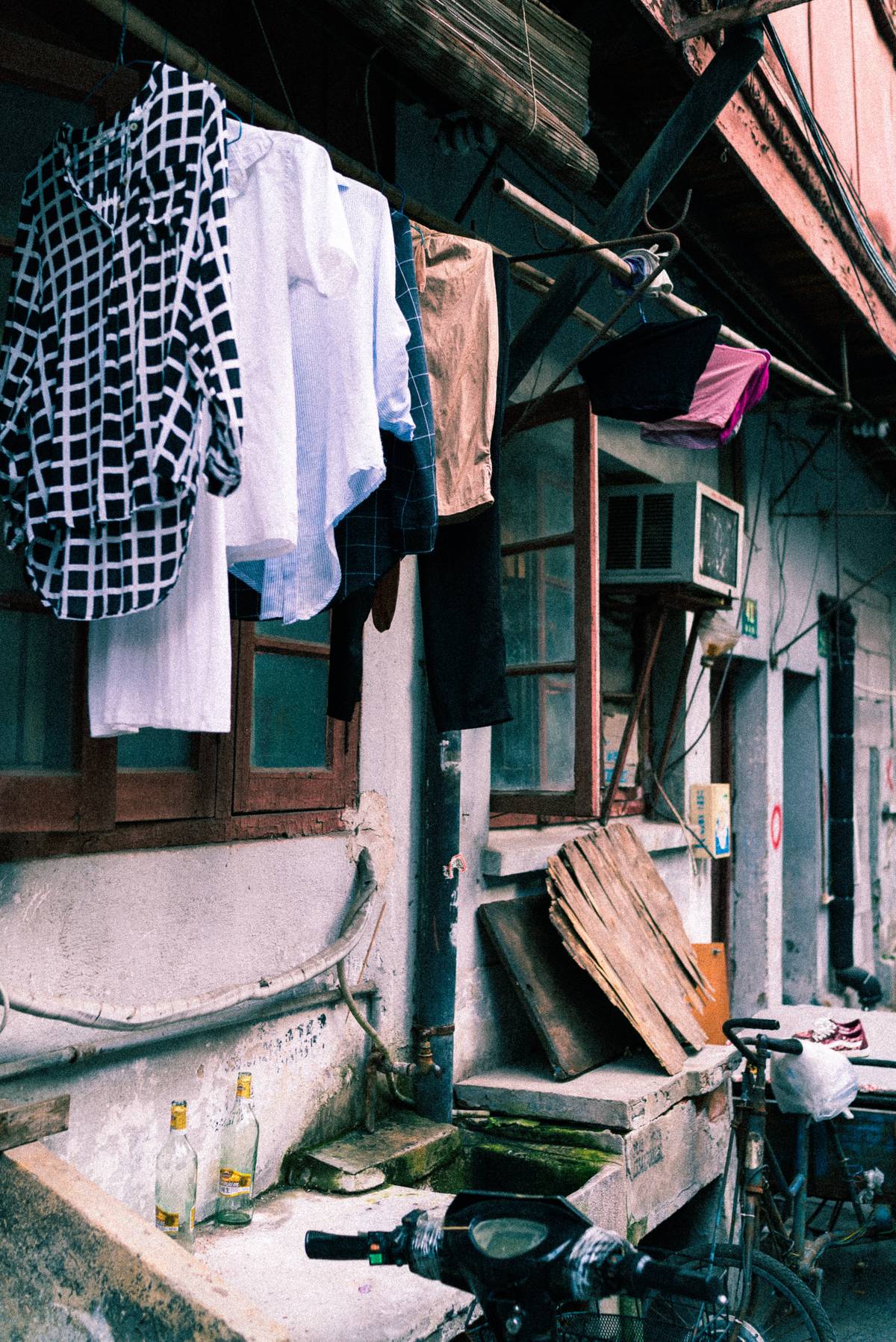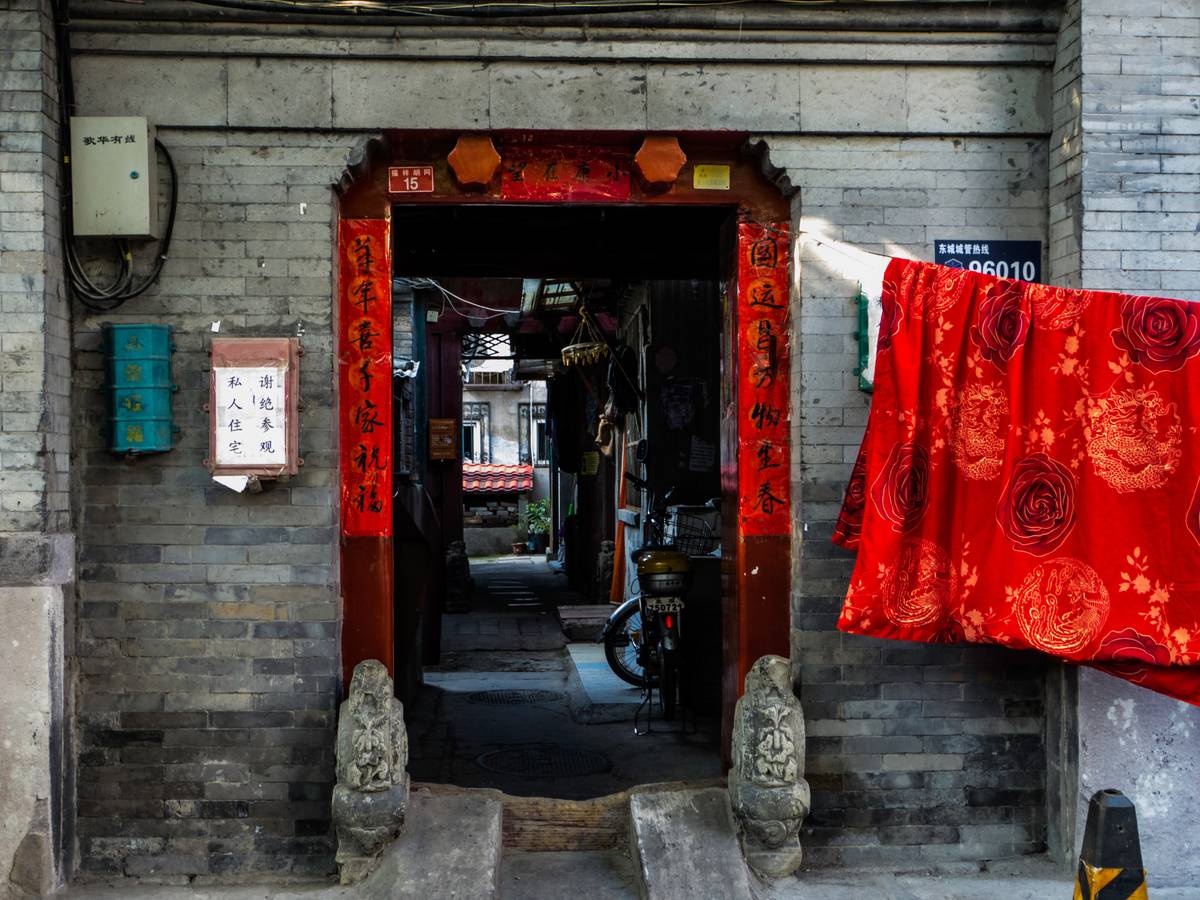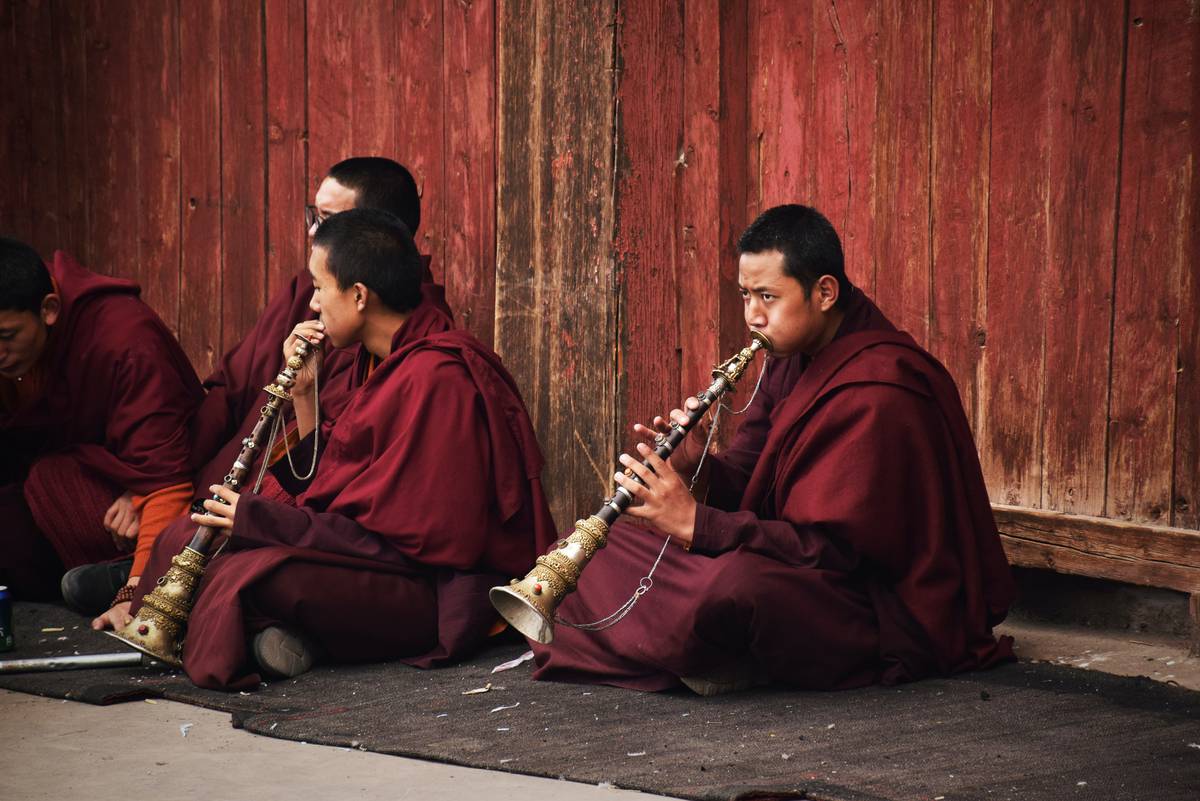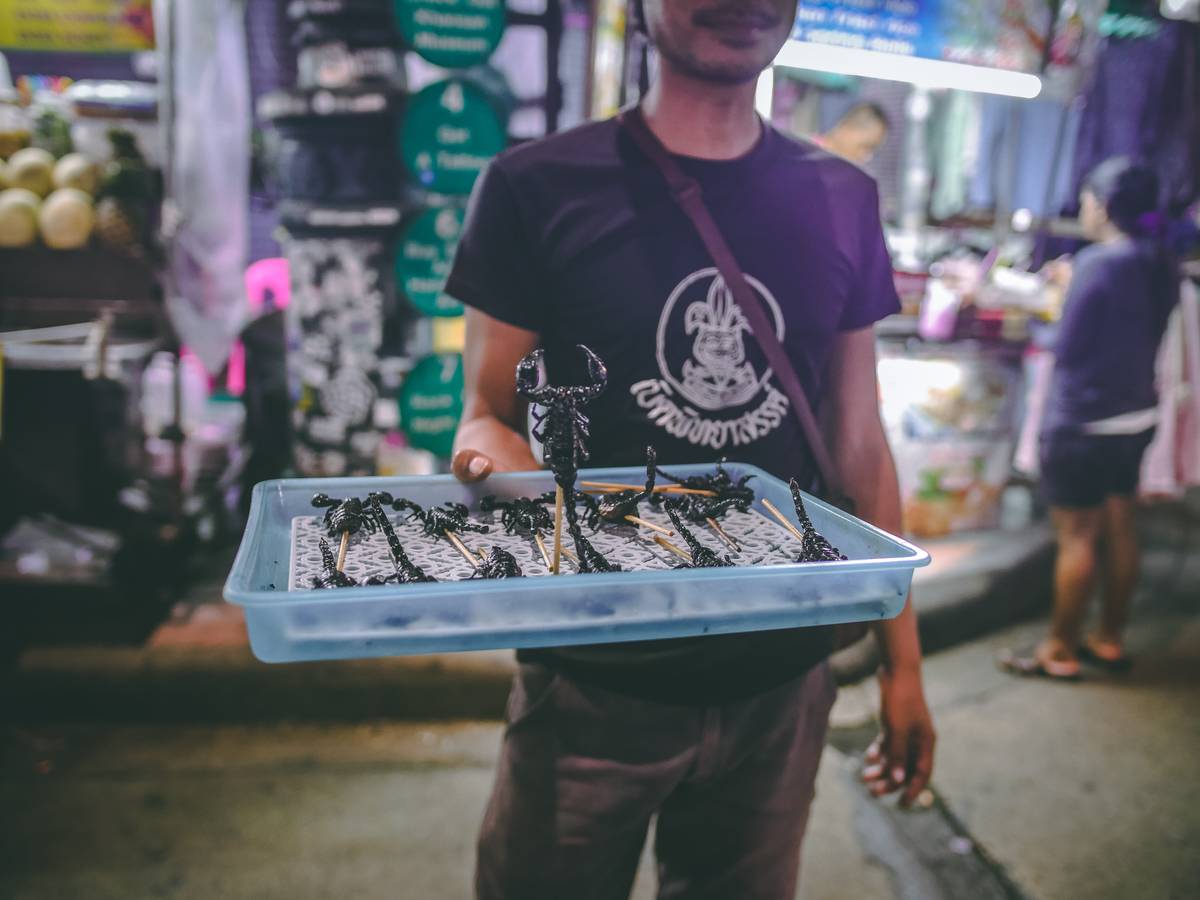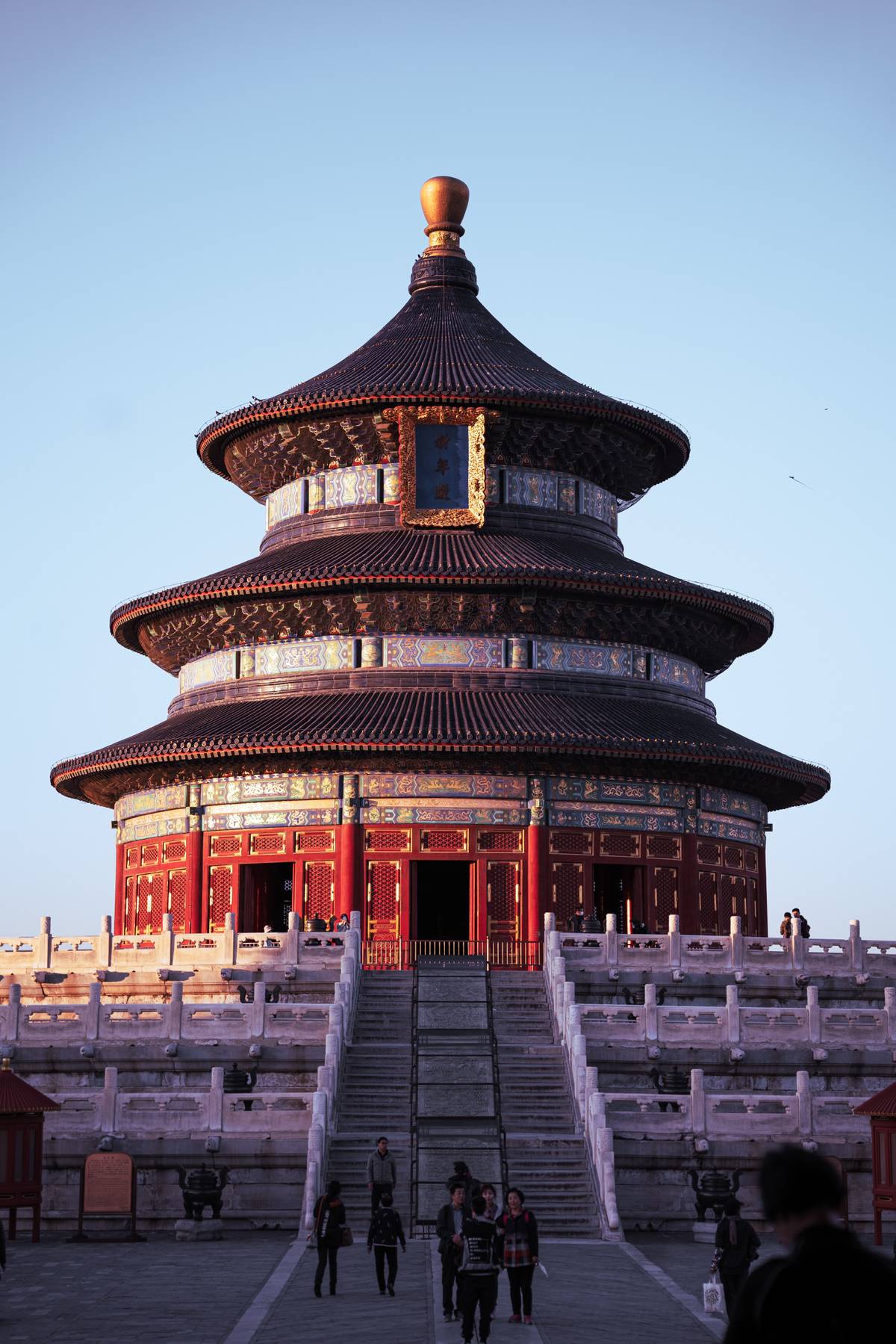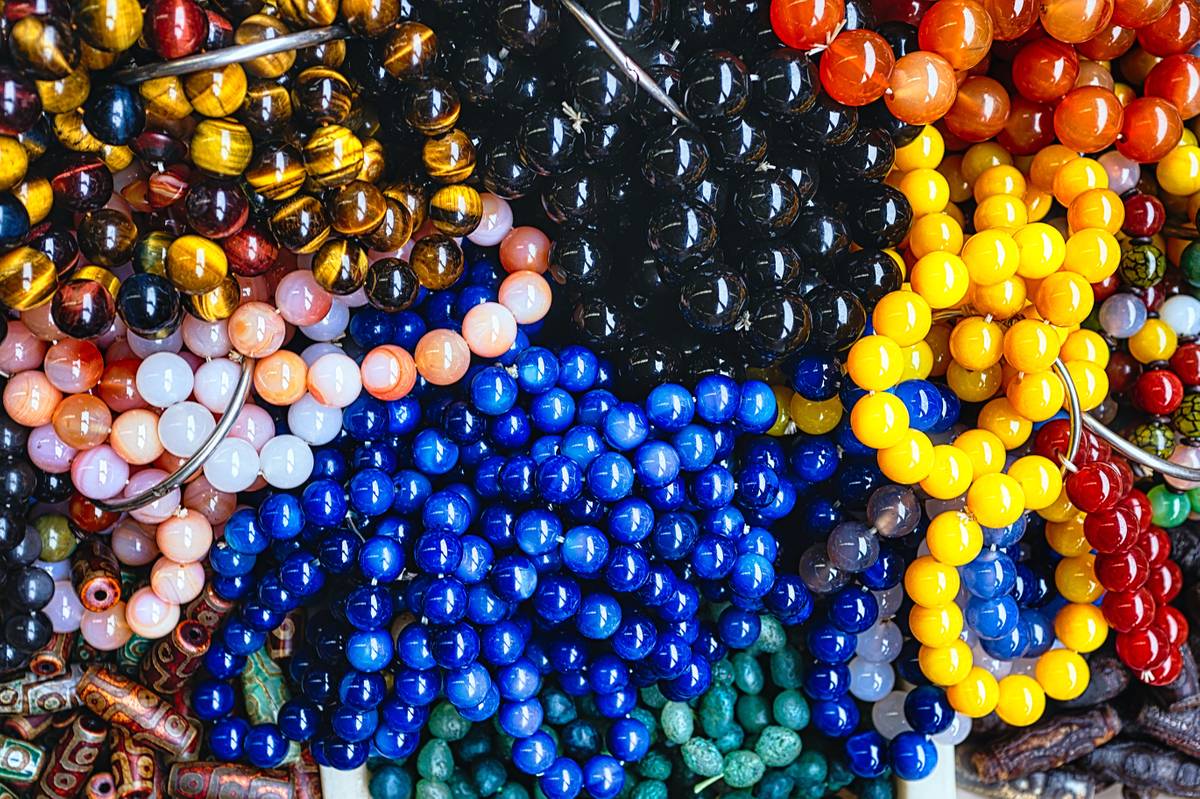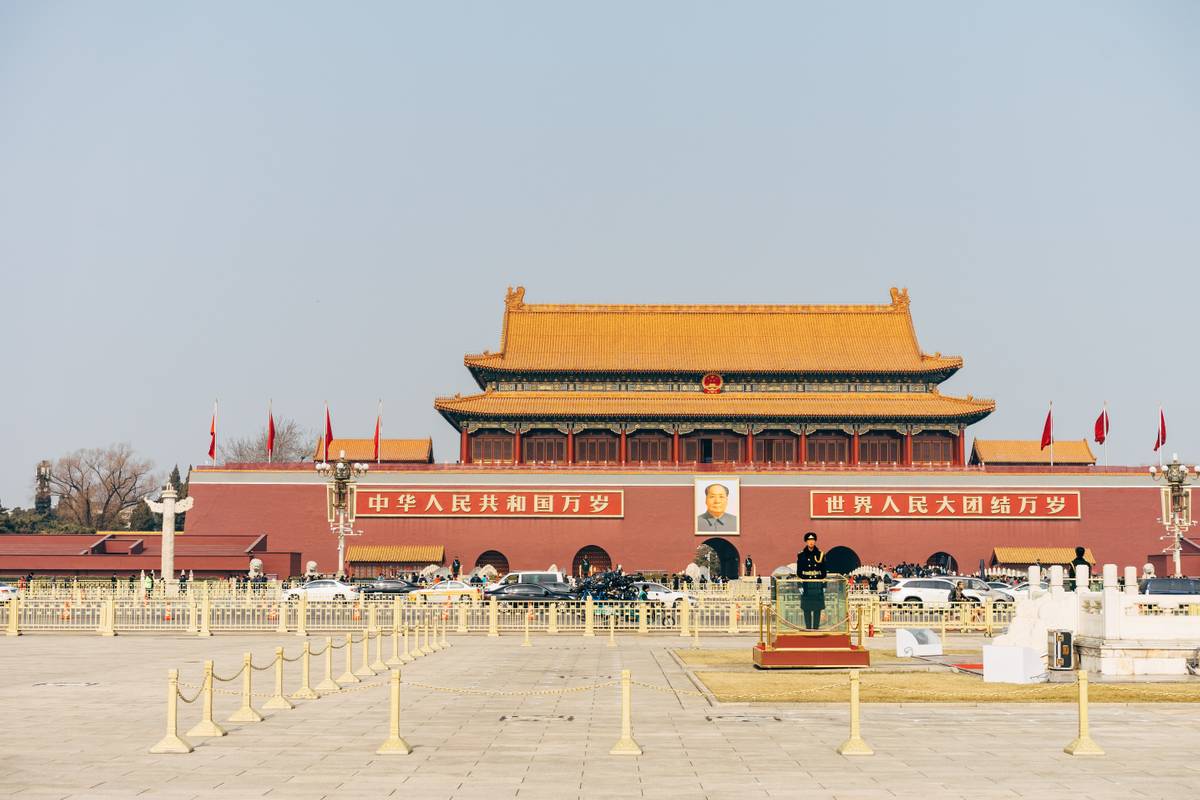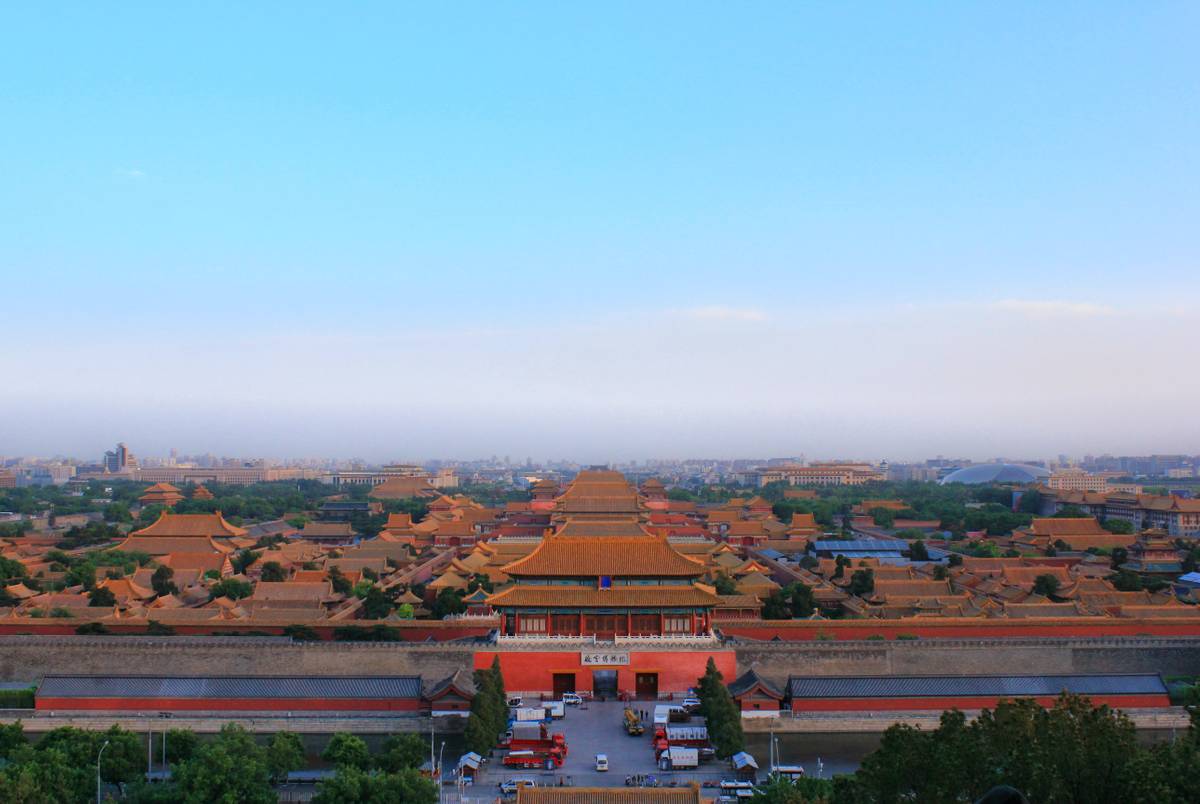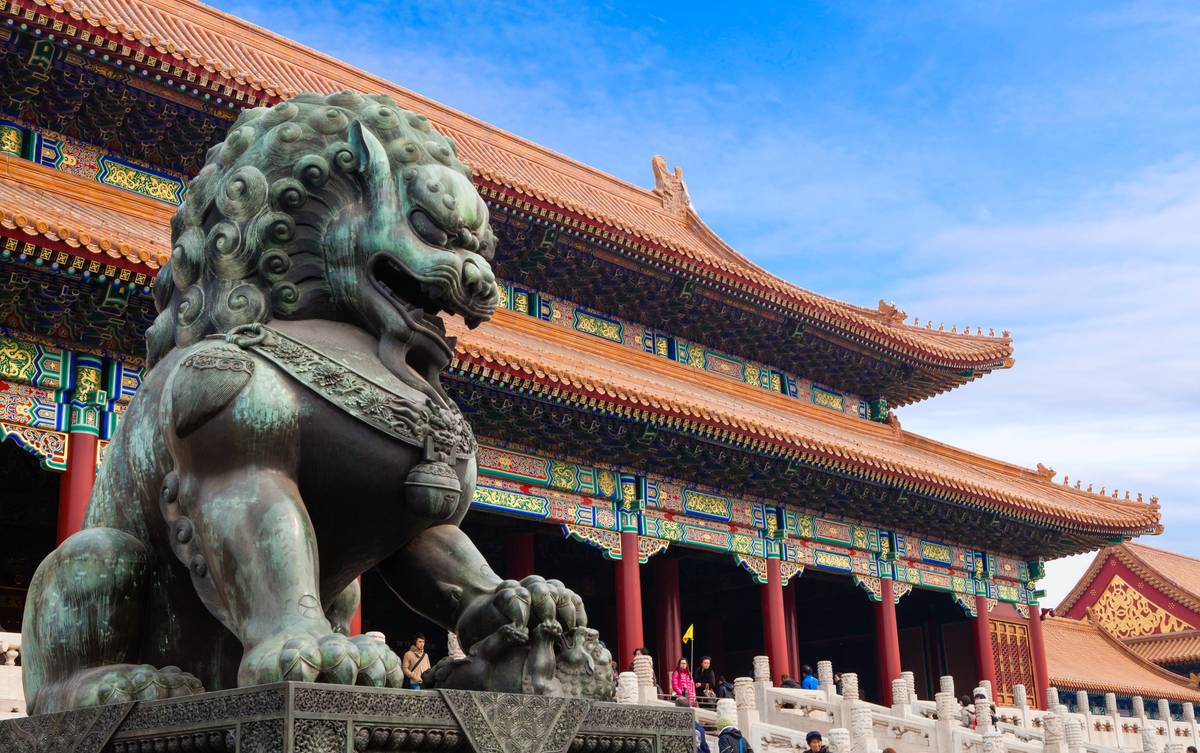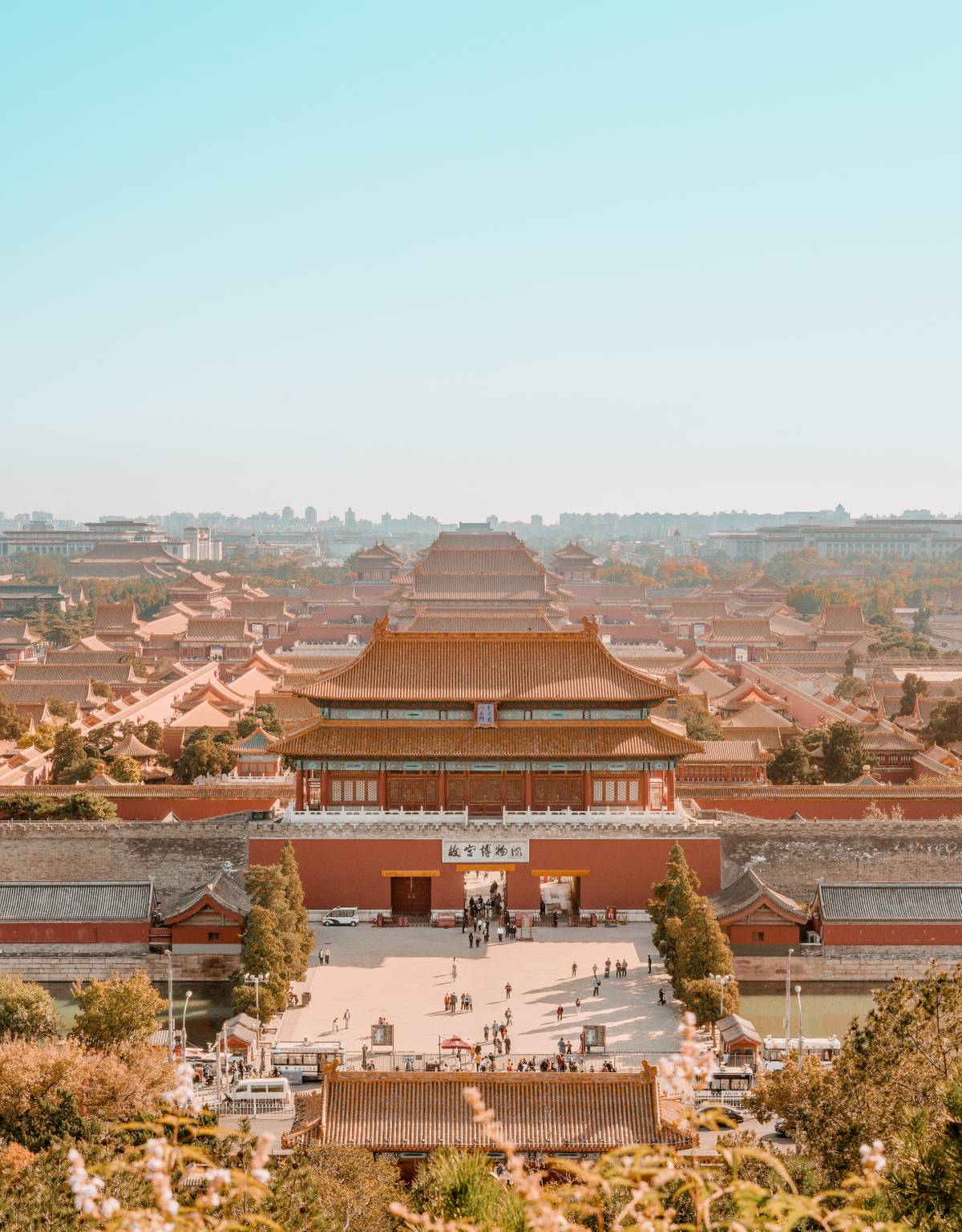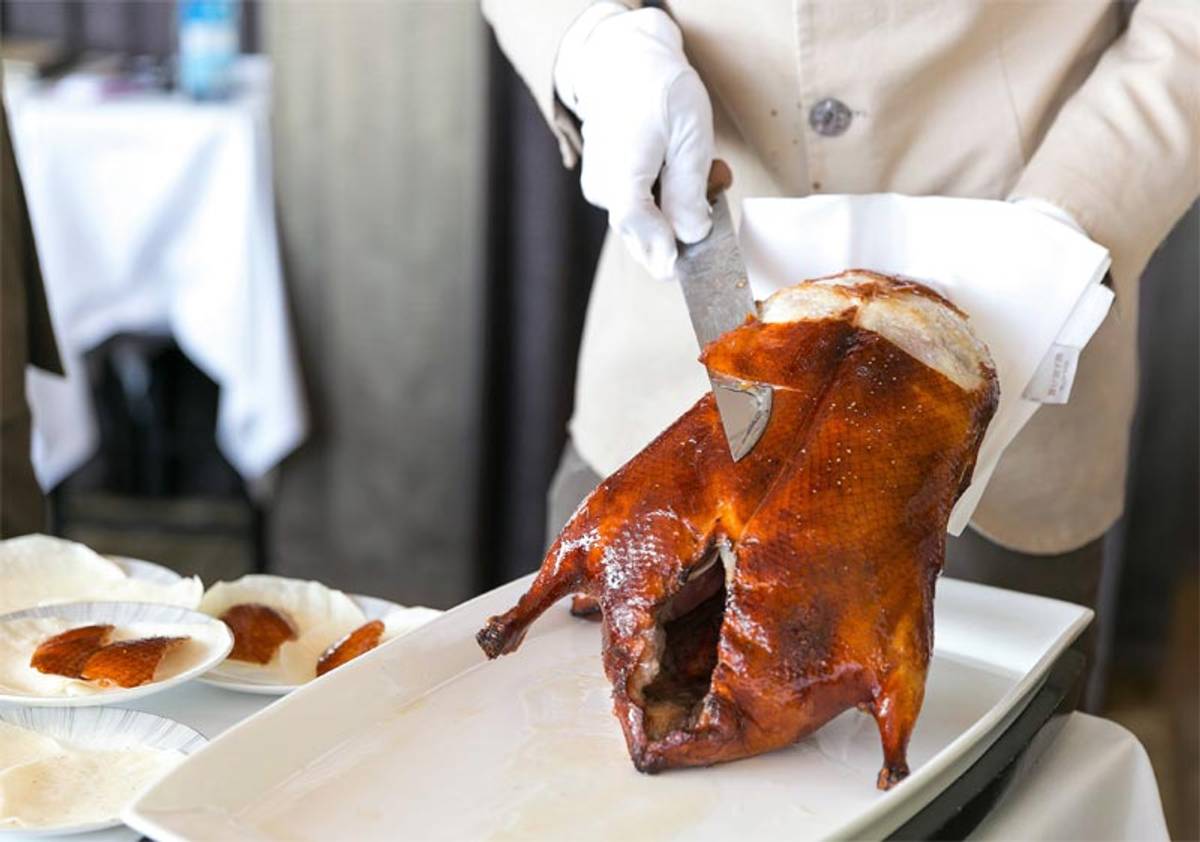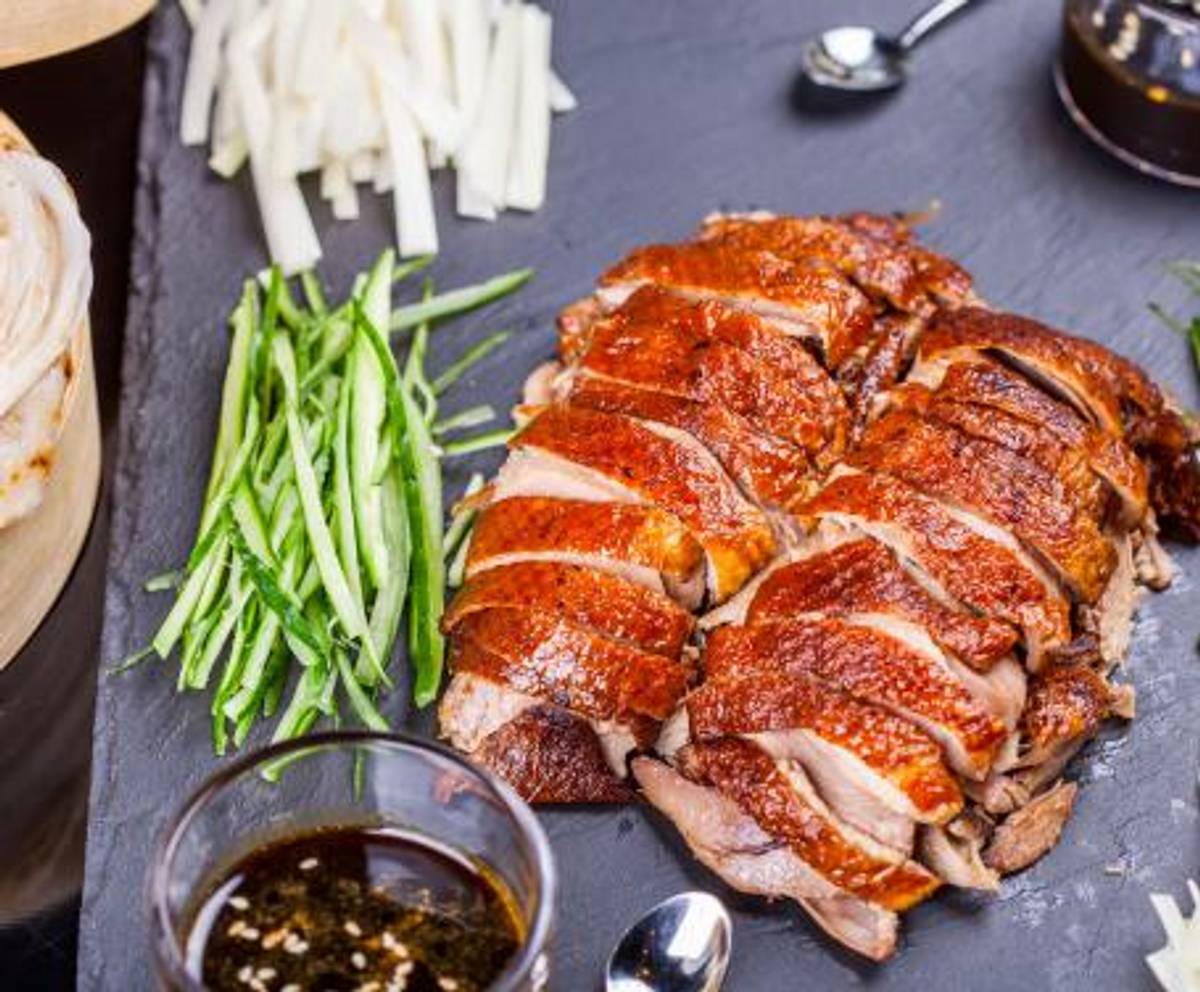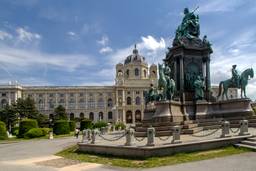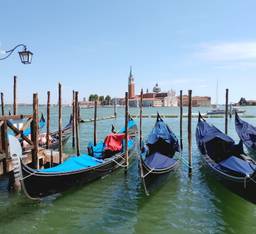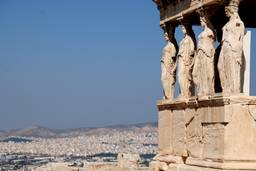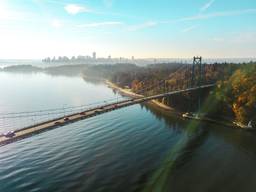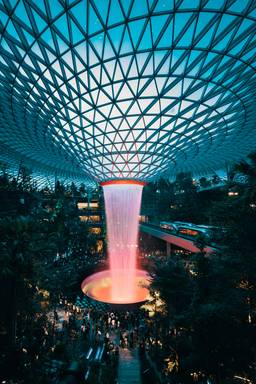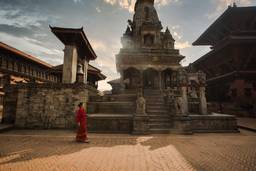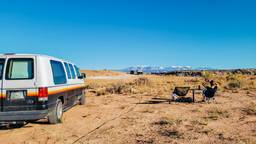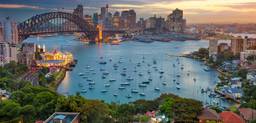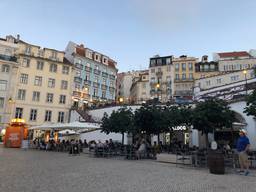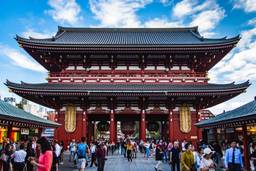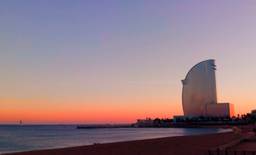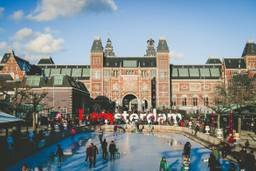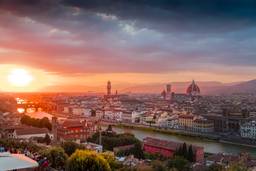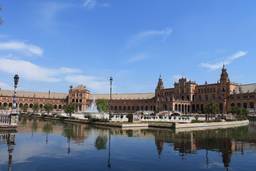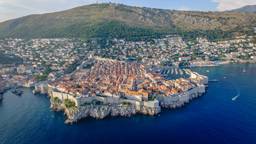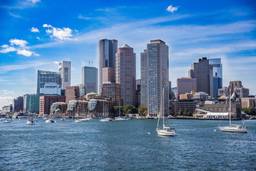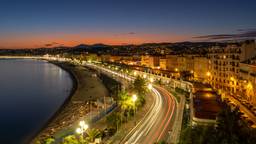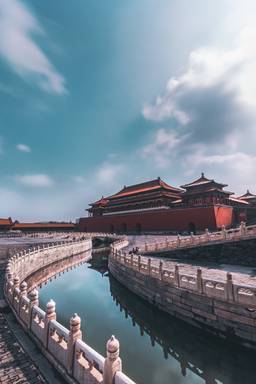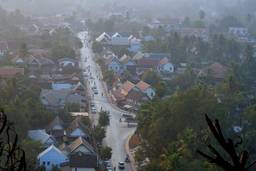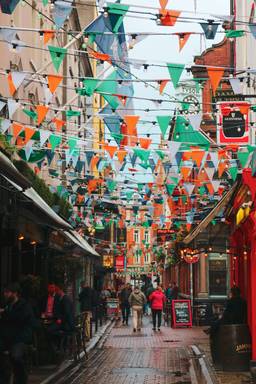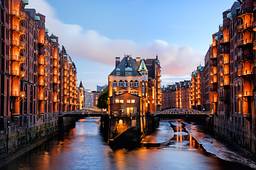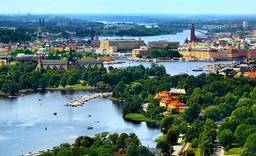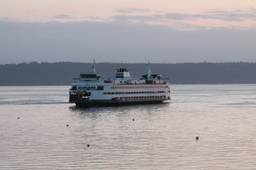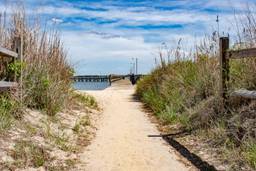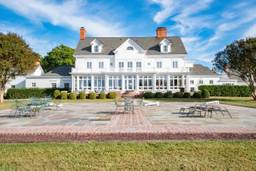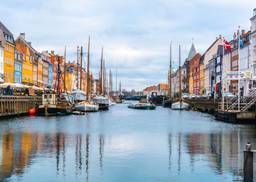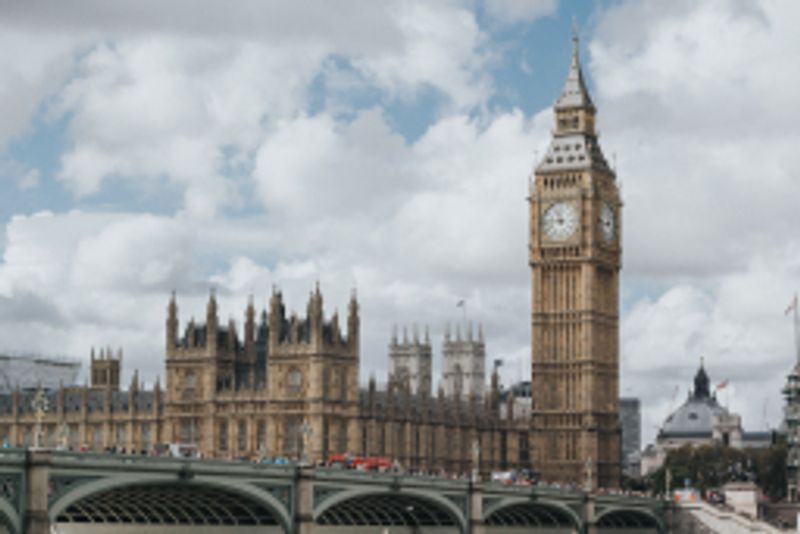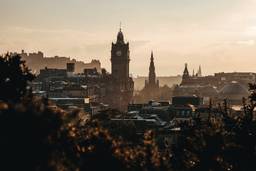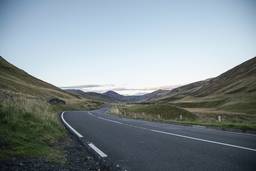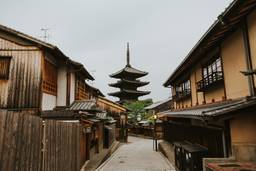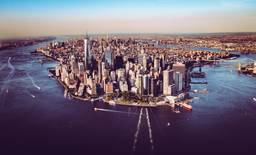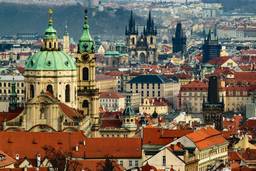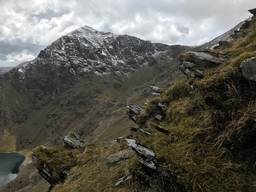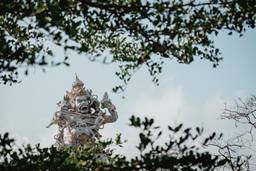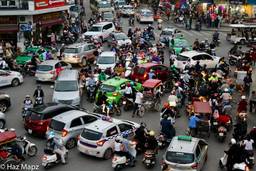Itinerary Introduction
If visiting China is on your travel bucket list, Beijing is for sure going to be part of your trip. And so it should be. Beijing is the Chinese city with the most UNESCO cultural heritage: the Forbidden City, the Great Wall, the Temple of Heaven, the Summer Palace, the Ming Tombs, the remains of Zhoukoudian and the Beijing-Hangzhou Grand Canal.
Aside from its rich culture and history, Beijing is also one of the most populous cities in the world (urban population 16.7 million in 2021). Its entertainment capital buzzes with never-ending parties. Beijing blends modernity and antiquity perfectly together and there’s something for everyone’s liking.
Photo edit: Zhang Kaiyv on unsplash.com
Useful information about Beijing
The history of Beijing
Beijing, which means “northern capital”, has had many different names over the centuries. These frequent name changes were due to the various rulers, states and dynasties who overtook the city throughout its history. Just some of Beijing's former names include Jicheng, Yanjing, Guangyang, Youzhou and Zhongdu. During the Mongol dynasty, the city was named Dadu, before becoming Beiping in the Ming dynasty, and being renamed Beijing by the third Ming emperor. To add to the confusion, French missionaries used the name Peking in the seventeenth and eighteenth centuries, which was also used by other Europeans for hundreds of years. In 1918, the official name was changed to Jingdu, before reverting to Beiping from 1928–1949, and it has been Beijing ever since.
The economy of Beijing
China has the second-largest nominal GDP in the world, and its capital, Beijing, has the highest GDP per capita in the country. A number of Fortune 500 companies have their headquarters in Beijing, and the city is only expected to grow in financial power. Services are the biggest driver of Beijing's economy.
A fun fact from Beijing
When it hosts the Winter Olympics in 2022, Beijing will become the first city ever to have hosted both the summer and winter Olympics, having hosted the 2008 Summer Olympics.
The language in Beijing
Mandarin is China’s official state language, and while other dialects are spoken around the country and its provinces, it’s the most commonly used language in Beijing. It’s worth picking up a few simple words and phrases before you go. Use “ni hao” for Hello, “zài jiàn” for Good bye, and “xie xie” for Thank you (it’s polite to reply with “bú kè qi” – you’re welcome). For Yes, use “shì de” and for No say “bú shi”.
Best times to visit Beijing
It’s better to avoid visiting China during national festivals since it’s an occasion for millions of residents to travel across the country. Using public transportation during these periods can get stressful due to the crowds. Moreover, during the festivities, the most famous landmarks attract large numbers of visitors. Therefore, it’s advisable to avoid travelling during the first week of October (National Day) and during the New Year’s Celebration. The Chinese New Year follows the lunar calendar – the precise date varies from year to year.
Taking the weather into consideration, the best times to visit Beijing are from March to May and from September to October. These seasons provide the best climate. In contrast, summer temperatures can be hot and comfortable. Winter temperatures can get cold – with occasional snow. Additionally, winter air pollution is getting progressively worse.
Getting to Beijing
Beijing has two international airports, Beijing Capital International Airport and Beijing Daxing International Airport.
From Beijing Capital International Airport, the quickest transport option into central Beijing is to take the Airport Express Line train from terminals 2 or 3, which takes around 20 minutes. There’s also an Airport Shuttle bus, which runs every half an hour, and takes just over an hour to reach Beijing Railway Station. Taking a metred taxi from the airport will take around 40 minutes, and will be more expensive, but it may be your only option if you arrive in the early hours of the morning, before the buses or trains start.
If you arrive at Beijing Daxing International Airport, you can start your trip to Beijing in style by speeding on the bullet train to Beijing West Railway Station in just 20 minutes. Alternatively, take the metro from Daxing airport to Caoqiao Station, where you can switch lines to head into the centre.
Getting around in Beijing
Although Beijing is one of the largest cities in the world, getting around is very easy. The city is divided into numbered rings from the centre outwards.
The city offers a great variety of public and private transport services. The best option is to travel by metro, as it is very easy to catch and takes you to most of the tourist sites at very low prices. Another option is to use the app Didi, the Chinese equivalent of Uber. With Didi, you can get around by booking your taxi and you will find that often the drivers speak a little English, unlike public taxi drivers.
Local cuisine in Beijing
The local cuisine in Beijing is variously known as Jing, Mandarin and Peking cuisine. There is less of an emphasis on rice than other areas of China, given the capital’s drier climate.
Meat eaters will want to try Beijing roast duck (also known as Peking duck, usually served with spring onions, cucumber and thin pancakes), while other popular Beijing dishes include jiaozi (dumplings), jiang jiang rou si (shredded pork with a sweet bean Beijing sauce), and zhajiang mian (noodles with vegetables and pork). For a popular and sociable meal, try a Mongolian hotpot: you’ll be served a pot of broth over a heat source into which you can add sliced meat and vegetables.
Tipping in Beijing
You won’t be expected to tip in Beijing, and in fact, it can be seen as impolite. However, if you’re staying at a higher-end hotel that is catered towards Western tourists, or eating at a restaurant with a largely Western clientele, you may want to offer a tip to your waiting staff.
Local customs in Beijing
It’s worth getting to grips with some aspects of Chinese etiquette before your visit. In China, you can greet people with a handshake or a nod, and it’s best to address the eldest – or most senior – person first. Take off your shoes when entering a home, and use the guest slippers that will be provided. Avoid pointing at anyone throughout your stay, and avoid whistling too, both of which can be seen as rude. At mealtimes, don’t use your own chopsticks to serve yourself from shared dishes, and leave a little food on your plate at the end of your meal as a gesture of honour to your host. Be mindful of being respectful at temples, monasteries and mosques.


